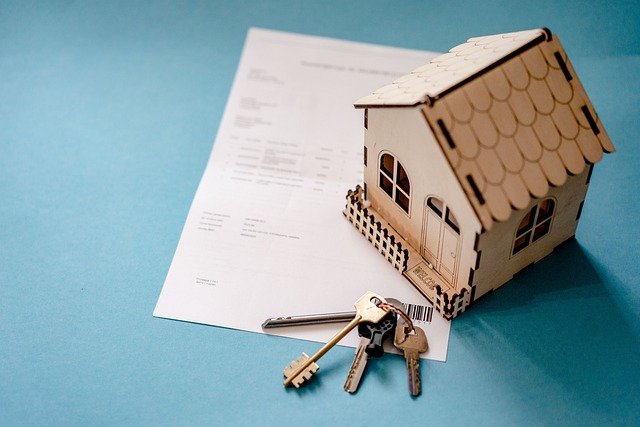Decoding the Art of Flipping Houses in Today's Real Estate Market
The real estate market is a dynamic, ever-changing landscape. One strategy that has gained immense popularity is the art of flipping houses. At its core, flipping houses involves buying a property at a lower price, renovating it, and selling it for a profit. This article explores the ins and outs of flipping houses, its advantages, challenges, and the potential impact it can have on investors.

The Genesis of House Flipping
Flipping houses isn’t a new concept in the real estate business. It dates back to the mid-20th century, when post-war prosperity saw an upsurge in the housing market. However, it wasn’t until the early 2000s, aided by popular television shows and a booming real estate market, that flipping houses became a mainstream investment strategy.
The Modern Market Scenario
Today, house flipping is an integral part of the property market. According to a recent report, house flips accounted for nearly 5.9% of all home sales in the United States in 2020. The attraction of quick profits, combined with the satisfaction of renovating and upgrading properties, continues to draw investors to this strategy.
Advantages and Challenges of House Flipping
Flipping houses can offer significant profit margins. However, it requires careful planning and execution. The advantages of house flipping include potential high returns and the opportunity to apply personal creativity to property renovations.
Yet, it also presents several challenges. These include unexpected renovation costs, market volatility, and the need for considerable upfront capital. Furthermore, flipping houses is not a passive investment—it requires an active approach and a significant time commitment.
The Impact of House Flipping
House flipping can have a profound impact on investors and the broader real estate market. For investors, it can offer an alternative or supplement to traditional property rental investments. The potential for high returns can be attractive, particularly for those with the funds and expertise to navigate the process successfully.
On a broader scale, house flipping can contribute to neighborhood revitalization. Well-executed flips can improve property values in an area, attracting further investment and fostering community growth.
However, it’s crucial to proceed with caution. Overzealous flipping can contribute to real estate bubbles, as rapid price inflation may not be sustainable in the long term.
The Future of House Flipping
As the real estate market continues to evolve, so too will the strategy of flipping houses. Emerging trends, such as the increased use of technology in property renovations and the influence of economic factors, will shape the future of house flipping. Investors who adapt and respond to these changes will be best positioned to thrive in this exciting arena.
In conclusion, flipping houses is a dynamic and potentially lucrative strategy within the real estate market. However, like all investment strategies, it requires careful planning, research, and ongoing commitment. Understanding the history, current trends, and future potential of house flipping can equip investors with the knowledge they need to succeed in this challenging yet rewarding endeavor.




